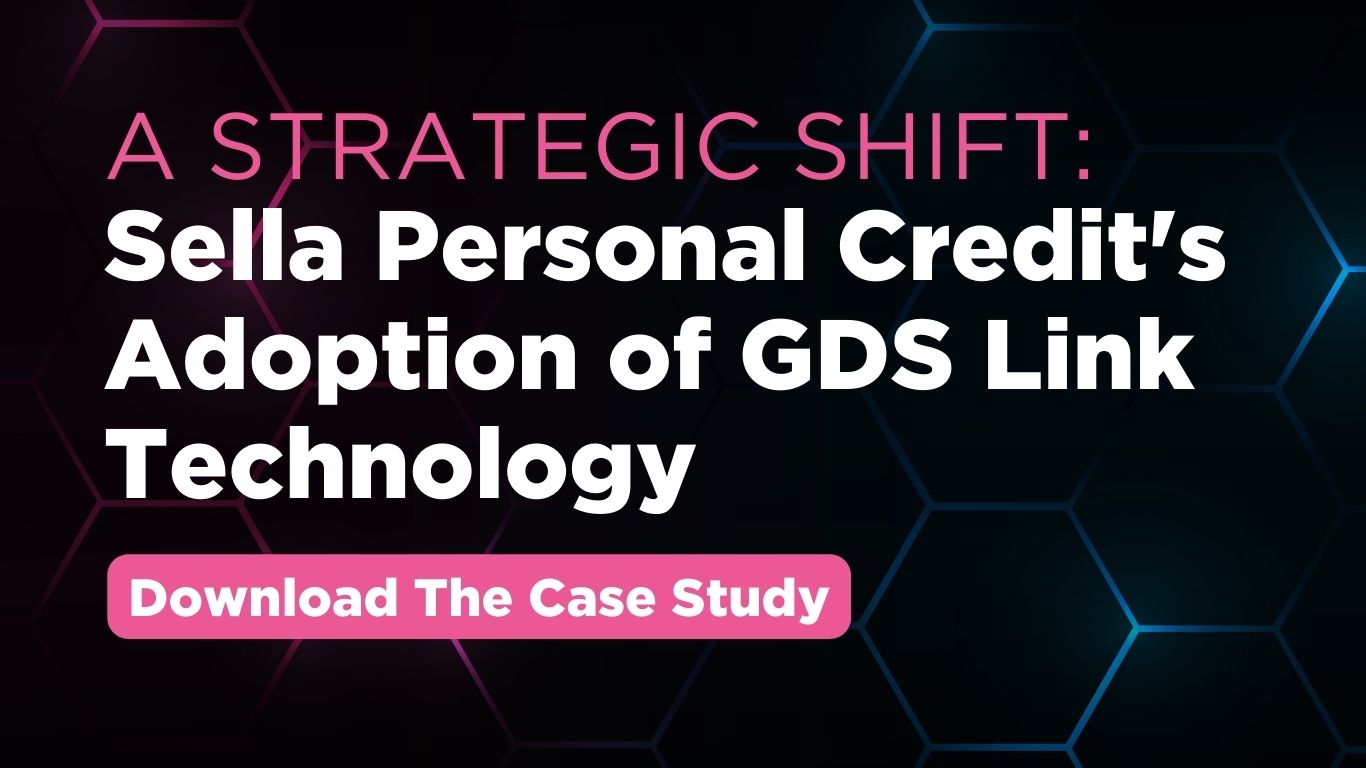Bank Credit Risk Management Challenges
Credit risk management is an essential component of the financial industry, with banks and other lending institutions constantly seeking to optimize their strategies. However, with numerous challenges facing institutions today, achieving success in credit risk management is easier said than done. In this blog post, we will examine the top 10 major challenges facing banks in their credit risk management efforts and discuss how GDS Link’s capabilities can help institutions overcome these obstacles.
1. Increasingly complex regulatory requirements
Banks must navigate a constantly evolving regulatory landscape, frequently introducing new rules and requirements. Failure to comply with these regulations can result in significant financial and reputational damage. GDS Link’s solutions provide a comprehensive approach to regulatory compliance, ensuring that banks stay ahead of the curve and avoid costly penalties.
2. Data quality and availability
Accurate and timely data is essential for effective credit risk management. However, many banks struggle with data quality and availability issues. GDS Link’s advanced data management capabilities help institutions access and utilize the data they need to make informed decisions while ensuring its accuracy and completeness.
3. Lack of skilled personnel
Credit risk management requires a team with diverse skills, including statistical modeling, data analysis, and risk assessment. However, finding and retaining this skilled personnel can be a challenge. GDS Link’s team of experts can provide the necessary support and guidance to supplement existing teams or even act as an outsourced credit risk management department.
4. Rapidly changing market conditions
The financial industry is constantly in flux, with market conditions changing rapidly and frequently. Banks must be able to adapt to these changes quickly to minimize risk and maximize returns. GDS Link’s dynamic and flexible solutions enable institutions to respond quickly to changing market conditions, ensuring they are always well-positioned to manage their credit risk.
5. Counterparty risk
The risk of default or other negative actions by counterparties can significantly impact credit risk management strategies. GDS Link’s advanced analytics and modeling capabilities give banks a clear picture of their counterparty risk exposure, enabling them to take proactive measures to mitigate this risk.
6. Cybersecurity risks
Cybersecurity threats are a growing concern for banks and other financial institutions, with the potential to cause significant financial and reputational damage. GDS Link’s robust security measures ensure that all data and systems are protected from cyber threats, giving banks peace of mind and allowing them to focus on their core business.
7. Economic downturns
Economic downturns can majorly impact credit risk management, with default rates increasing and credit quality deteriorating. GDS Link’s risk management solutions are designed to help institutions weather economic downturns, providing advanced modeling and analytics capabilities that enable them to anticipate and mitigate the effects of an economic slowdown.
8. Business strategy alignment
Effective credit risk management requires clearly understanding an institution’s overall business strategy. However, aligning credit risk management strategies with broader business goals can be challenging. GDS Link’s solutions are designed to fully integrate with an institution’s overall business strategy, ensuring that credit risk management always aligns with broader organizational objectives.
9. Adapting to new technologies
Technology is constantly evolving, with new tools and platforms emerging regularly. Banks must adapt to these new technologies quickly and effectively to remain competitive.GDS Link’s solutions are built on the latest technologies, providing institutions with the agility and flexibility they need to stay ahead of the curve. With a focus on cloud-based platforms and advanced analytics capabilities, GDS Link is well-positioned to help banks adapt to the latest technological developments and stay competitive in a rapidly changing landscape.
10. Balancing risk and return
Finally, balancing risk and return is one of the most significant challenges facing banks in their credit risk management efforts. Banks must seek to maximize returns while minimizing risk, a difficult task that requires a deep understanding of the markets, the economy, and individual borrowers. GDS Link’s advanced analytics capabilities and modeling solutions enable banks to carefully assess their risk exposure and make informed decisions about lending practices, helping them to achieve the optimal balance of risk and return.
In conclusion, credit risk management is a complex and challenging area for banks and other financial institutions, with numerous obstacles to success. However, these challenges can be overcome with the right tools, technologies, and expertise. GDS Link is a leading provider of credit risk management solutions, with a comprehensive suite of capabilities designed to help banks navigate the complex landscape of credit risk management. From advanced analytics and modeling to comprehensive regulatory compliance solutions, GDS Link is well-positioned to help institutions achieve their credit risk management goals and stay ahead of the competition.
This entry is an update on a previous blog: Top 4 Major Challenges of Credit Risk Management in Banks: Why It’s Important
Related Risk Management Articles
- Benefits & Risks of Mobile Banking
- Risk Management & Data Analytics for Small Businesses
- Automated Risk Management to Unlock Human Potential
- Credit Risk Evaluation Process
- Top 4 Major Challenges of Credit Risk Management in Banks
- Credit Risk Scorecard Model Development, Monitoring & Reporting
- Risk Analytics Foundational to Broad Financial Services Innovation
- What Are The Different Types of Credit Risk
- Why Credit Risk Management is Important for Credit Unions
- Credit Risk Management Platform
- What’s the Right Approach to Credit Risk Modeling?










